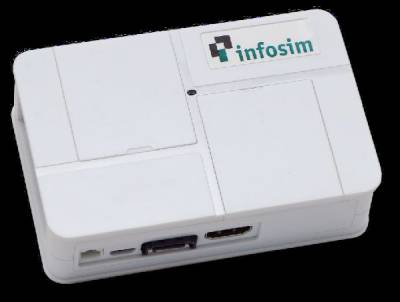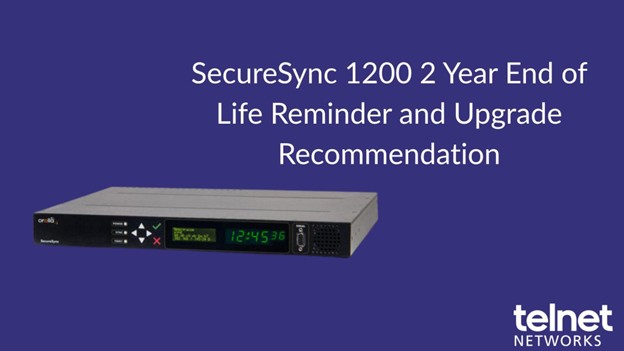 Expanding Services Monitoring to Small sites has always been a challenge, especially in environments where there are large numbers of relatively small sites. While these sites may be physically ‘small’ they are all very important to the overall business service delivery. This model includes enterprise businesses like retail, branch based financial organizations, educational institutions, as well as providers who deliver services to home and small office.
Expanding Services Monitoring to Small sites has always been a challenge, especially in environments where there are large numbers of relatively small sites. While these sites may be physically ‘small’ they are all very important to the overall business service delivery. This model includes enterprise businesses like retail, branch based financial organizations, educational institutions, as well as providers who deliver services to home and small office.
Some of the challenges to monitoring these include:
- Gaining visibility of services quality (QoE) at large numbers of remote sites
- Establish secure management and monitoring across public internet, VPNs, firewalls on larger numbers of remote sites
- Deploy cost-efficient monitoring of large numbers of small remote sites
- Gain online services quality reference information at distributed customer reference sites
- Gain performance metrics like “download speed” from key websites (URL) from the distributed customer perspective
- Gain services availability and quality independent of user devices and applications
- Test service availability, quality, and performance of multimedia encoded streams End-to-End or Hop-to-Hop in relation to multimedia stream container, carrying audio and video coded traffic from distributed customer perspectives
How can StableNet’s Embedded Agent (SNEA)® technology solve this problem?
Typical use cases
- Gain visibility of your distributed services, including the customer site areas
- The critical part: Cost efficient services assurance on large numbers of small sites
- User and application usage independent services monitoring of large numbers of distributed sites
- Small and home offices – QoE for distributed customer site, connectivity and availability
- Bank offices, retail shops, franchise shops, POS terminals
- Regional government, community offices, police stations, fire stations
- Industrial distributed small sites, e.g. pump stations, power stations, base stations etc.
- Distributed installations, e.g. IP addressable equipment in
- Next-Hop services and distributed IT infrastructure monitoring
- Distributed offices running across provider networks
- Monitoring regional company offices connectivity via DSL or IP/cable
- E2E reference monitoring
- Remote site reference simulation and QoE monitoring of IP multimedia audio and video encoded traffic
- Remote site reference call simulation of IP telephony calls monitoring quality and call availability
- Centrally managed remote execution of monitoring tasks
- Inventory: Discovery of regional small sites IT devices and infrastructure
- Security:
- Detecting rogue devices and unwanted devices within small offices
- Secure monitoring of small sites behind firewalls across public internet
Typical use cases using StableNet® SNEA can be summarized as follows:
1) Use SNEAs for monitoring availability and service performance on larger numbers of small sites/offices, instead of an uneconomical, often not applicable shadow router: Jitter, RTT, etc.
- Regionally distributed small offices, regional bank offices
- Regionally distributed services users, e.g. retail shops, gas stations, franchise shops
- Regional government, local community offices
- Police and fire stations
- Distributed, automated monitoring stations with multiple measurement and monitoring equipment using common IP services
2) Use SNEAs to run plug-in/scripts in distributed small sites, e.g. if you have:
- several thousand customer sites to reference check your IP or multimedia services
- several thousand branch offices to run periodic availability and performance reference checks on
- numerous ATM machines, cash desks, retail locations, etc. which you need to check if they are accessible and can provide their services
- numerous remotes sites connecting back to the centralized DC applications
3) Use SNEAs to measure E2E tests like:
- IPT/VoIP availability and call quality test (simulate VoIP encoded traffic, simulate SIP IP Telephony call)
- Video tests (simulate IPTV encoded traffic and video conferencing traffic)
- Key application availability and response time
- Wireless access availability and response time
4) Use of SNEA to execute IP, data or VoIP reference calls via mobile sticks
5) “Next-Hop” measurements – Monitor entire distribution and infrastructure chains by performing cost-efficient “Next-Hop” monitoring, e.g. IP: IP-SLA type measurements like Jitter, delay, RTT, packet loss, ICMP Echo/Ping or encoded traffic simulation
6) Use of SNEA to independently monitor IP connected equipment like:
- Equipment in distributed TV transmission and head-end stations
- Equipment in mobile base stations
- Cloud services environment to monitor QoE from the cloud users perspective
These are just a few examples of how StableNet can expand Services Monitoring to high numbers or remote sites in a highly functional, yet cost effective manner. How will you monitor your remote sites?
For more information see:
http://www.telnetnetworks.ca/en/resources/infosim/doc_download/745-stablenet-regional-and-e2e-monitoring-with-the-stablenet-embedded-agent-snea-on-a-banana-pi-type-hardware-platform.html






